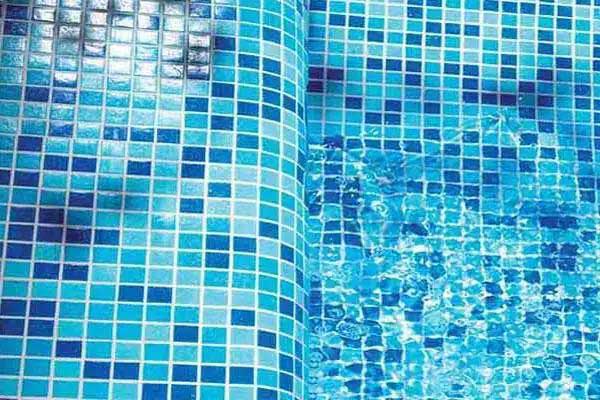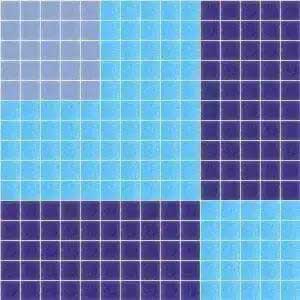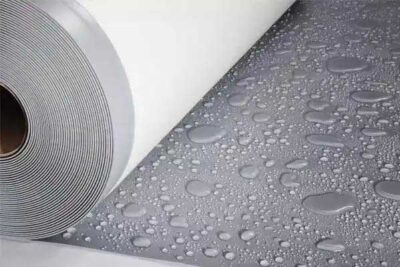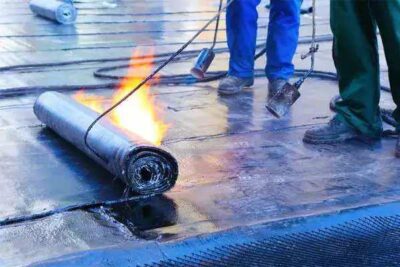
Contents
Pool mosaic tile coatings can create a stunning swimming pool both inside and outside the pool. The color of the pool mosaics will affect the color of the water in the pool. Blue is often the color of choice for mosaics inside the pool because it turns the water blue, but other colors can also be used. The water play in the mosaics creates a fascinating image that seems to bring the mosaics to life. One of the hottest trends in pool and home decoration in the last few years has been mosaic tile. It has been an ever-growing trend in our region that separates style setters from followers. Pool mosaic tile is a product with many shapes, colors and textures.
Here are a few tips for pool owners to consider when looking at mosaic tiles;
Tile comes from all over the world today. Here in North America we see a lot of mosaic tiles coming from Mexico and Italy. Each has different features to attract consumers. Some have clean lines, others have a handmade artesian quality, the styling possibilities are endless. Some are flat and consistent in sizing/shapes, others have a more haphazard look.
The most widely used swimming pool type in the market today is the concrete pool. Although there is a wide variety of manufactured pools (concrete, fiberglass and vinyl) on the market, concrete pools represent 60% of pools built today. Concrete pools offer unlimited options for shape, configuration and features.
To make pools look great, the best option is porcelain mosaic tiles. Mosaic tiles can make a great difference in kitchens, bathrooms or pools. These small tiles can be combined with any number of colors and designs and are ideal for many applications.
Pool Mosaic Tiles Installation Steps

Inspection of the swimming pool: A qualified civil engineer or architect should be consulted to inspect the swimming pool where the mosaics will be laid. It controls the concrete floor of the pool and the surrounding features of the garden. Also, laying the pool mosaics helps to estimate the actual cost of the project. The beauty of the place is another factor that needs to be improved by installing pool mosaics.
Proper planning for installation: A precise structural plan must be drawn to install the mosaics in the swimming pool. This plan needs to be approved by the local civil authority and professional swimming pool designers can help you get the necessary permit from the local council. The entire process of laying the pool mosaics, the amount of materials required and the types of tiles to be installed should be specified in this plan.
Selection of the perfect tiles: Generally, ceramic, glass or mosaic tiles are most commonly chosen for installation in swimming pools. While ceramic tile is the first choice of many homeowners, they can be damaged by moisture and heat. Therefore, excellent waterproof mosaic tiles with the application of special coating should be preferred. Glass tiles may be more waterproof in nature, but can become brittle over time due to thermal changes of the pool water. Mosaic tiles are more durable and impact resistant than ceramic or glass, but you should use the appropriate sealant to install these times in your pool area.
Surface preparation: First of all, the entire water volume must be drained from the swimming pool. Afterwards, all residues and dirt should be cleaned from the dried pool surface. This surface should be corrected by breaking the high points and filling the lower notches. All cracks and penetration points are sealed with hydraulic cement. This clean surface is waterproof with grease and chemical resistant elastomeric membranes.
Laying the tiles: The swimming pool surface is dried again before the pool mosaics are installed. Next, a thin layer of mortar and mortar should be spread evenly over the entire pool surface. This grout should be resistant to moisture and chemicals. This mortar should not contain epoxy resin and portland cement, which is not suitable for swimming pools. Finally, the selected mosaics can be laid on this layer and deeply embedded in the mortar mix by hitting it with a rubber mallet. Pool Mosaics should be made flat at this point and mosaic joints should be poured after at least 24 hours.
After filling the joints of the mosaics of the pool, they are left untouched for several days. It can then be filled with water to check if the installation was successful. Regular maintenance is required after the mosaics of the pool are laid.
Materials and Applications
Pool mosaic tiles are not usually small squares of tiles made of stone, glass, or ceramic. The first mosaics were small pieces of terracotta arranged to make a design. Sometimes, broken tiles of all shapes were used to make a design. Modern mosaics normally come in sheets, but they can likewise be arranged to create patterns. Mosaic artisans can create intricate designs with mosaic tiles, and even commercially available mosaic sheets can have wonderful patterns.
Glass mosaic tile is well known in bathrooms and kitchens. Different shades of glass can make a bright example that looks amazing in a kitchen or washroom. They usually come in sheets that can be easily installed by a tiler. Grouting mosaics can be a little more difficult, but an expert can gouge them quickly and with precision.
Porcelain and stone mosaics are likewise famous. Stone tends to be slippery, so it is not intended for wet areas, but porcelain mosaics may be ideal for a pool. The small size of the mosaics gives the feet a good grip and the porcelain tiles will not be slippery if the pool is kept clean. Stone mosaics can look great and have intricate patterns in dry areas. The stone appearance can also be imitated with porcelain tiles that can be used on wet floors. They tend to be larger than most mosaic tiles, but size is a relative term.
 Use of Mosaic Tile in Pools
Use of Mosaic Tile in Pools
Different tile shapes can be used in swimming pools. Although square tiles are often used, they are not the only shape available. Round or hexagonal mosaics can also be used, or mosaics that look like broken tiles can be used to create a charming pool floor. It is laid with sheets like square mosaic tiles and not laid all at once.
Mosaics can also be used not only for inside pools, but also as edging or as flooring or flooring around the pool. Usually a pattern is used inside the pool and other colors and/or patterns are used along the edge. They can even be placed on the walls of an indoor swimming pool.
An interior designer or architect can combine layers of mosaic tiles with designs to create a stunning pool floor. Really, the only constraints with mosaics are your imagination and budget.
- Pool mosaic or glass tile pricing ranges greatly. This is because of where the mosaic was produced, how far it travels to us and, as always, the quality. You can even get glass tiles with gold flecks. It’s best to understand how much space you’re laying in square feet or square meters before you start shopping. This way you can do a quick calculation to see if the time offered with prices is in your budget.
- Glass tile is harder than regular ceramic or porcelain tile, so your labor cost will also be higher. This is because glass tiles have to be cut by hand, and in individual pieces to fit where full tile cannot be used, especially in the curved corner of a pool where the floor meets the wall.
- It is also an anti-breakage membrane to consider. This membrane is immediately applied over the mortar bed and provides some flexibility to the tile. In frost/freeze climates, this is a must on all tile areas above the floor such as tile bands and especially disappearing edges. While these precautionary steps contribute to the initial investment, they contribute to a lasting product. Many glass tile manufacturers insist on using this product under their tiles.
- Not all tile setters are qualified in glass tile and will not know what setting materials to use. Glass is smooth and creating a solid bond is essential for underwater applications. It is very important to use the correct setting materials. Ask your tile setter if they have experience setting glass tiles in underwater applications.
- Most tiles come in sheets that are usually “12 x 12” squares held together by a mesh or a paper/plastic surface. Paper / plastic coating is ideal for underwater applications. This ensures that the setting material is in full contact with the tile. With many meshes, sometimes the glue used to attach the mesh to the tile is over-applied in the manufacturing process. This limits the adhesion of setting materials to the tile.
Origin of Pool Mosaic Tiles
Mosaic tiles have been with us for over 4000 years. The first mosaics were highly unrefined, but the Greeks upgraded mosaic flooring to a work of art around 400C. A few mosaics were only a few millimeters in size and were used for works of art. Muslims have long used them to build mosques, with intricate patterns covering mosques and much of the interior and exterior of the catacombs. Perhaps the most well-known is the Taj Mahal in India, but there are more examples all over the Middle East.
Mosaics appeared in the West, but the art form was revived in the 19th century. They grew again amongst the Art Nouveau movement of the 1920s and became common from that point forward.







